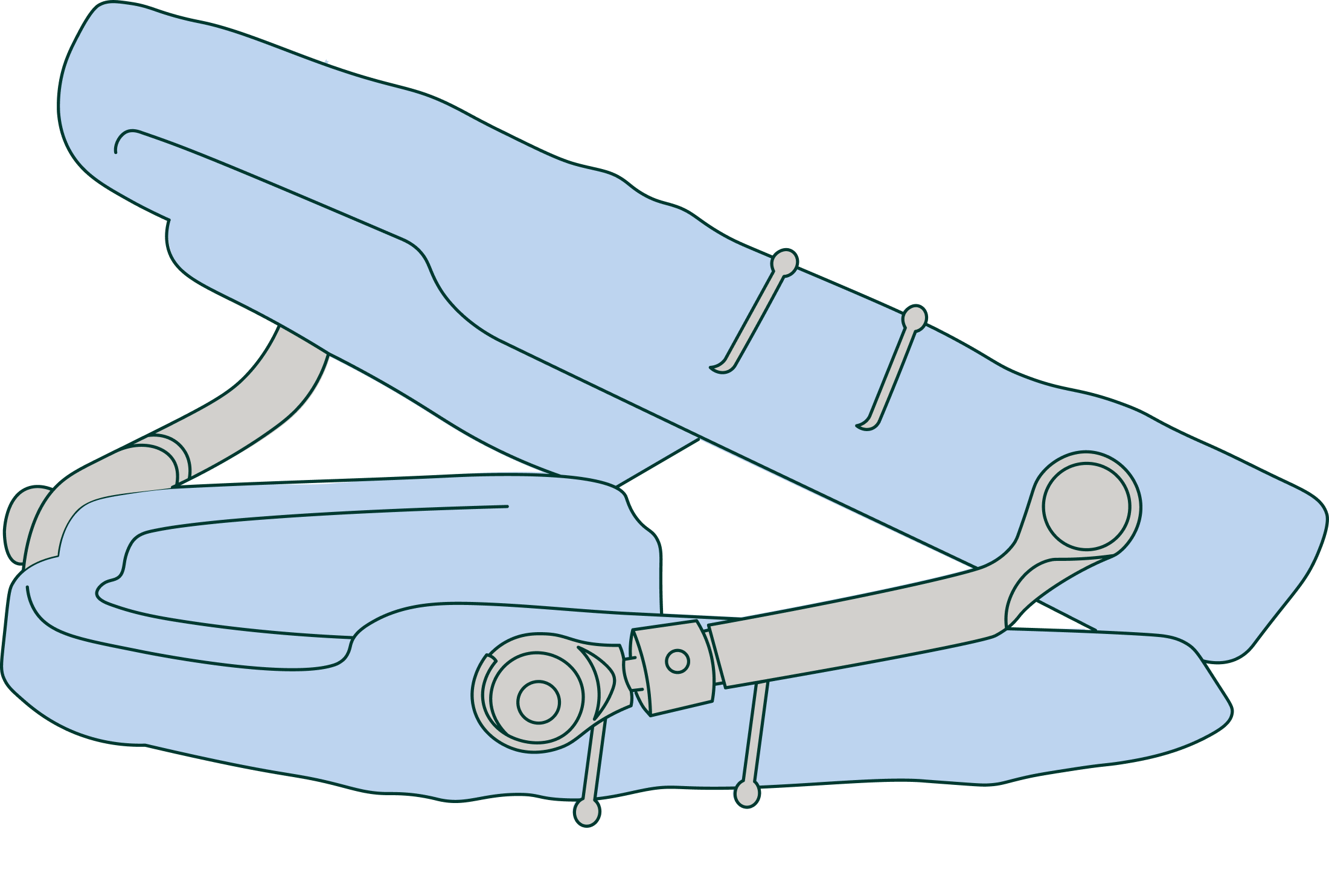Herbst Sleep Appliance
The Herbst appliance for sleep apnea has evolved into one of the most popular choices for snoring and obstructive sleep apnea. The two piece construction is designed for ultimate patient comfort and is desirable for the patient that wants a minimal amount of acrylic to preserve as much tongue space and would like the adjustment capability. The Herbst sleep appliance and lab has PDAC approval for Medicare.

Take some time to learn more about taking your practice digital with the nations first and only digital dental lab.
Indications for Use
Dandy’s Herbst appliance for sleep apnea is intended to reduce night time snoring and mild to moderate obstructive sleep apnea (OSA) in adults. The device is worn while sleeping and protrudes the lower jaw. The appliance allows for some lateral movement.

Mandibular Guidance
Mandibular Opening
Standard mandibular opening for a snoring/sleep apnea device is 3-4 mm between the maxillary and mandibular teeth.
This allows for increased air volume and facilitates airway opening.
Mandibular Advancement
Standard mandibular advancement for a snoring/sleep apnea device is situation dependent. Generally,the mandible is advanced between 5-7mm from the patient’s centric occlusion for proper appliance construction. Typically, the forward mandibular position will cause increased air volume in the patient’s pharyngeal space.
Ready to start offering herbst sleep appliances at your practice?
Herbst Appliance Best Practices
Place the upper device in your mouth. Press up on the device with both thumbs to ensure that it fits securely and comfortably.
Generally it is good to start the device in the starting position, or the smallest level of protrusion. In some cases, the device may need to be titrated forward (adjust forward) to further open the airway. The device can be adjusted over time based on patient comfort and what is effectively treating the sleep apnea.
Always remove the lower device first. Using your thumbs on both sides, gently pull the lower device in an upwards motion to remove. Using both your index fingers and thumbs, gently pull the upper device down and forwards to remove.
Explore the Herbst Sleep Appliance
The herbst sleep appliance arches are milled from an acrylic disk. The metal hinge is made out of titanium and the hinge is attached via acrylic.
All Dandy sleep apnea customers receive an exclusive discount with our medical billing partner, Nierman Practice Management.
Herbst Appliance for Sleep Apnea FAQ
Your patients may experience some temporary side effects, such as sore jaw joints, increased salivation, dry mouth, sore teeth, irritation of the soft tissues in the mouth and/or a slight change in your bite. These possible side effects should diminish within an hour of removing the device. If any of these side effects continue, have your patient contact you immediately.
The Herbst sleep appliance is covered by Medicare, allows for more excursive and lateral movements and has a thinner material that’s more comfortable on the cheeks. Other appliances can lock patient’s arches together, limiting essentially all movement vertically and horizontally. This can be very uncomfortable for the patient; it may be particularly troublesome for patients who have bruxism. Cheaper appliances depend on acrylic notches and rubber bands; which has been found to be less durable.
Yes – all Herbst sleep appliances come with complimentary elastics. They are 3/16 inch and medium force.
Ready to use Dandy as your new sleep appliances lab?
Talk to our team about your practice getting started with Dandy. We’ll answer your questions and tell you about our digital dental services.
Take some time to learn more about taking your practice digital with the nations first and only digital dental lab.